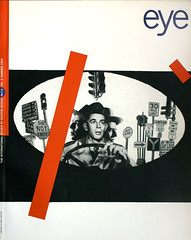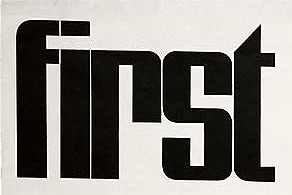
Opinion
Agenda,
Richard Hollis
A critical design history should explore the relationship of form, content and production, argues the author of a new concise history.
Monitor,
Michael Horsham
British design has split down the middle. Should its priority be art or analysis, and is the computer a new ‘language’ or simply a tool?
By Michael Horsham
Features
Carel Kuitenbrouwer
‘I don’t think I could have come out on the streets with these posters in Berlin, Paris, or London – not to mention America’
Eye writers
Robert Harling’s eclectic magazine, published in the 1930s, is the first in a new occasional series.
Rick Poynor
Tomato are a group of friends, a physical space somewhere in Soho, a multimedia workshop, descendents of Warhol’s Factory… anything but a design group. ‘Graphic design?’ they say. ‘We don’t know what it is’
Julia Thrift
Perfume packaging must evoke the indescribable. It has its own designers, conventions and codes.
Steven Heller
Born in Czechoslovakia, Ladislav Sutnar was a pioneer of information design. Working in America in the years after the war he synthesised European avant-gardisms into a functional commercial lexicon, made Constructivism playful and used its geometry to forge the dynamics of catalogue organisation. ‘The designer must think first, work later,’ Sutnar declared. His writings — in which the bracket was a favourite motif — are as timely today as his designs.
Liz Farrelly
Irma Boom’s work is lucid yet challenging. It upsets her colleagues, while pleasing her clients.
Jim Davies
How are publishers coping with the advent of new media? Two ambitious series expand the format of the illustrated book.
Andrew Howard
It is time to think again about design’s social function and the way it is determined by our culture.

